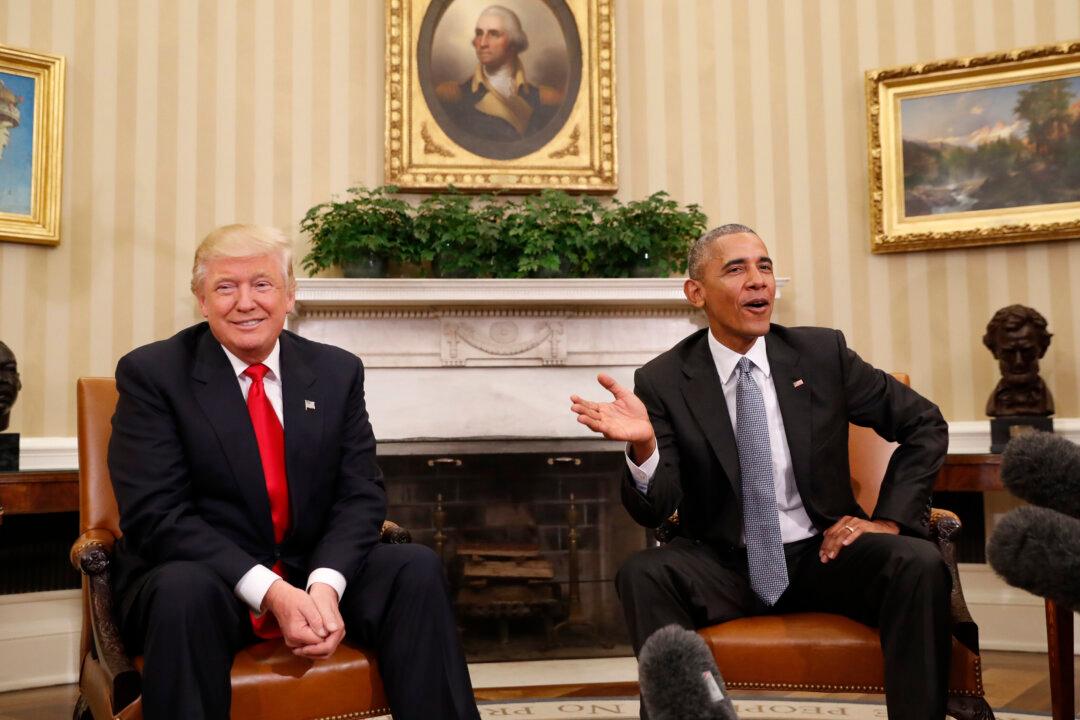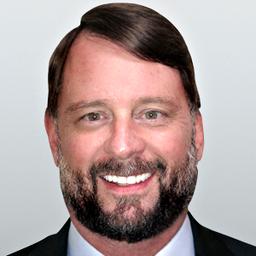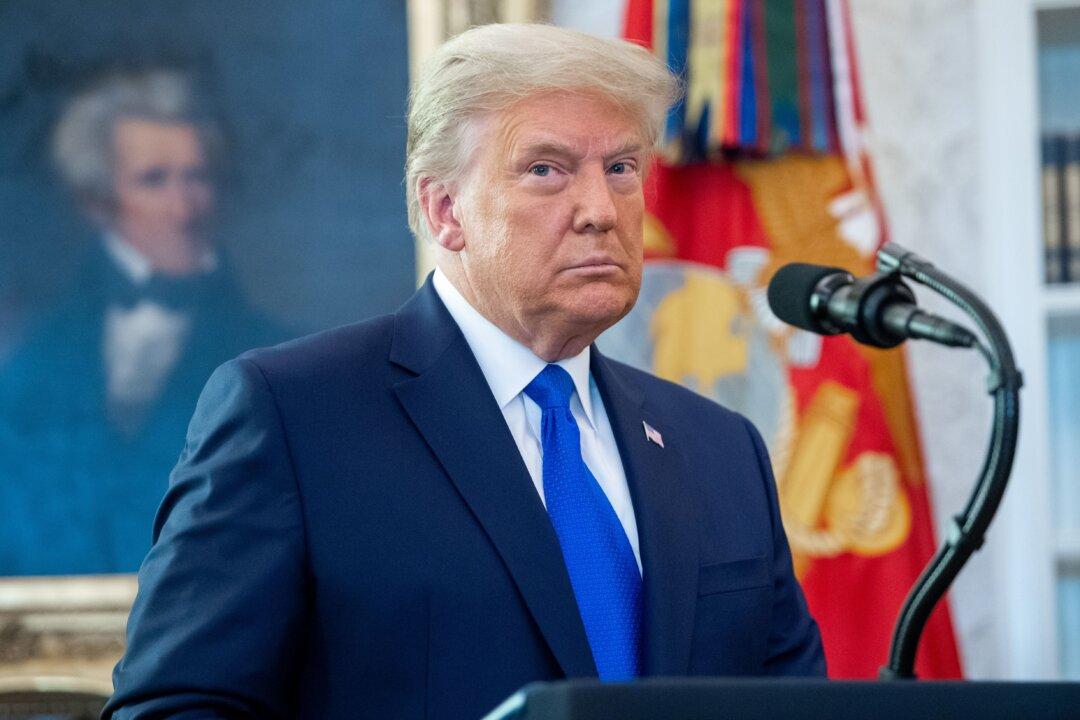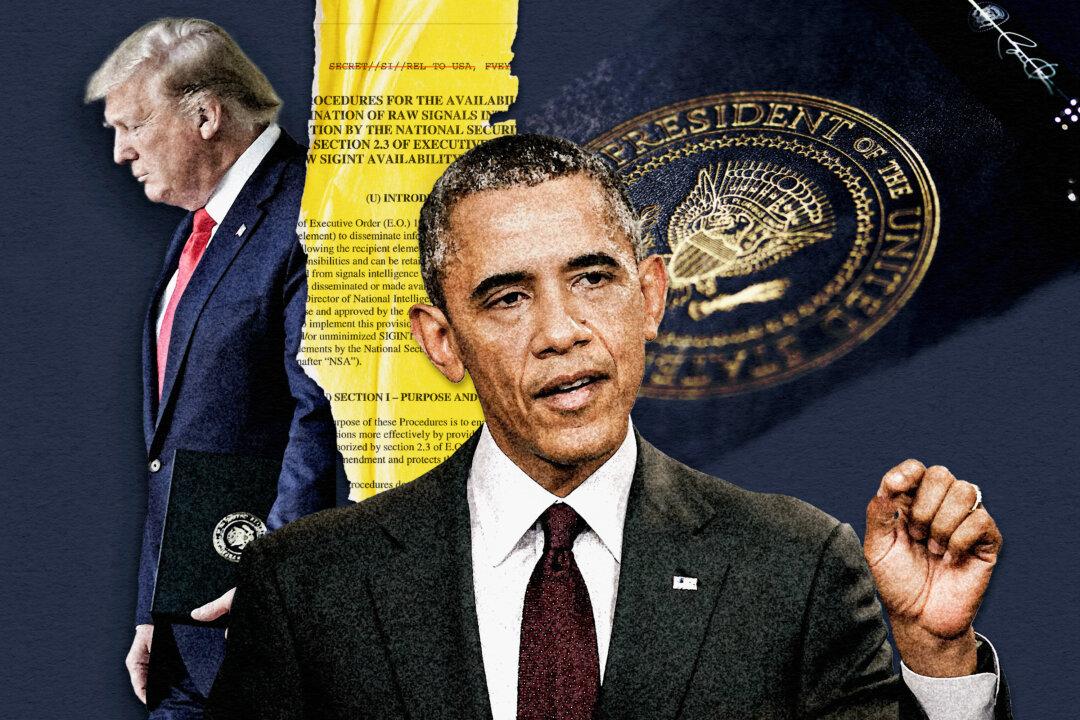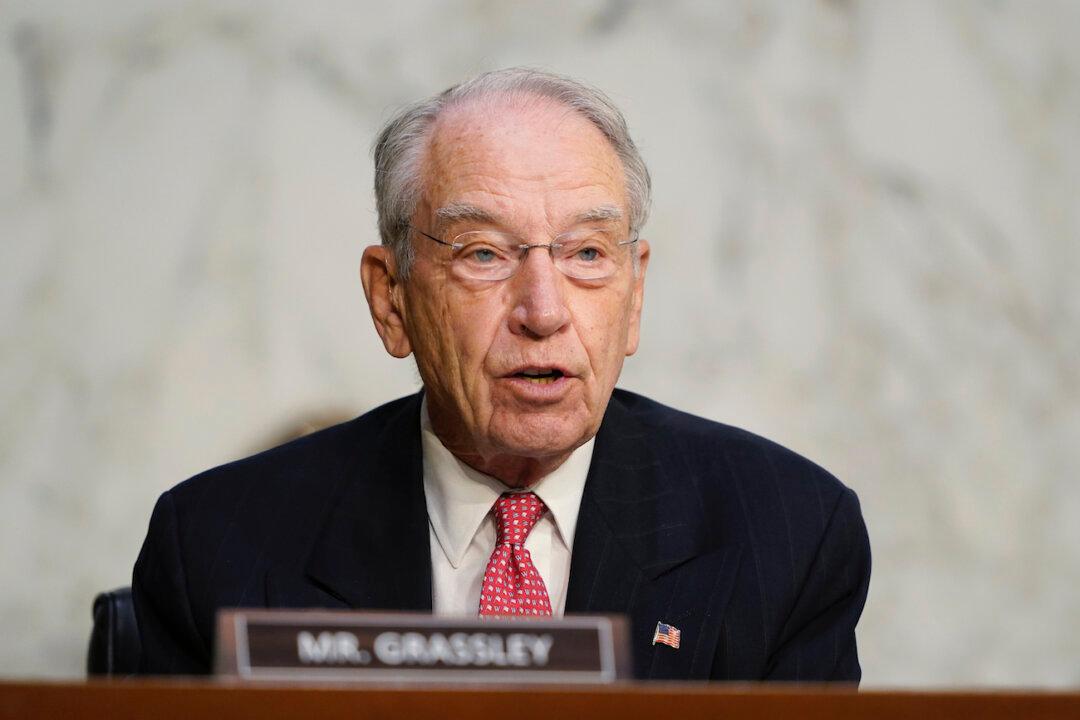Commentary
The reality is that the intelligence community, the Obama administration, and the political establishment never expected Trump to win in 2016. And when he did win, the intelligence community was suddenly faced with a very real problem. How do they cover up their actions? Their answer was to set out to destroy Trump’s presidency. Or at least fatally hobble, even cripple, the new Trump administration.
